1772 – ✝ 1843
King William I
It was around the year 1800 in the Low Countries. The era of stadholders was over, and Napoleon Bonaparte was advancing from the south. Then William I Frederick became the first king of the Netherlands and secured the dynasty of the Oranges.
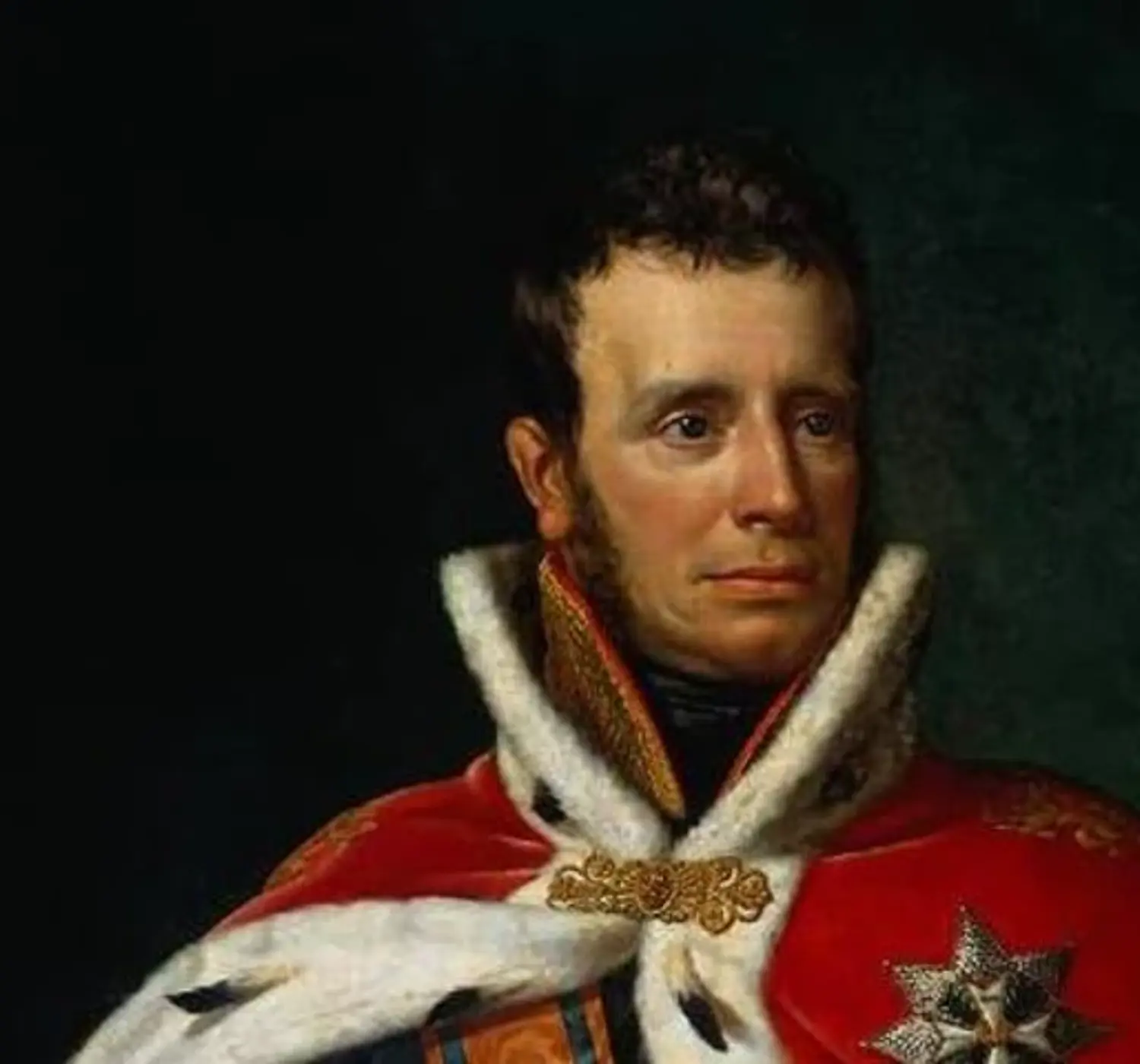
Power
Willem I Frederik was born at Huis Ten Bosch in The Hague, where King Willem-Alexander and Queen Máxima live today. When the French advanced in 1795, he and his father had to flee to England. However, Willem did not resign himself to it and still managed to increase his power on the European mainland.
Wooden crown
When the danger from Napoleon had passed, William I returned in 1813 to become 'sovereign monarch'. On 16 March 1815, he was crowned the first King of the Netherlands. For the inauguration, a wooden crown was painted with gold. Apparently, no actual gold crown was available.
King-merchant
William I went down in history as a headstrong monarch who did not care much about his government. True, he invested in industry and infrastructure, paying much out of his own pocket; but he mainly became very rich himself while a large part of the population was poor. It earned him the nickname 'king-merchant' - by no means meant positively by everyone.
Belgian Revolution
In the Southern Netherlands, William I was not loved by the French-speaking and Catholic elites. The Belgian Revolution broke out, and in 1839 William had to acknowledge his dependence on the Belgian state. Thereupon, he abdicated the throne in 1840 and henceforth went through life as Count of Nassau. William died at the age of seventy-one and was interred in the family tomb in the Nieuwe Kerk in Delft.
Discover more about Notable Characters
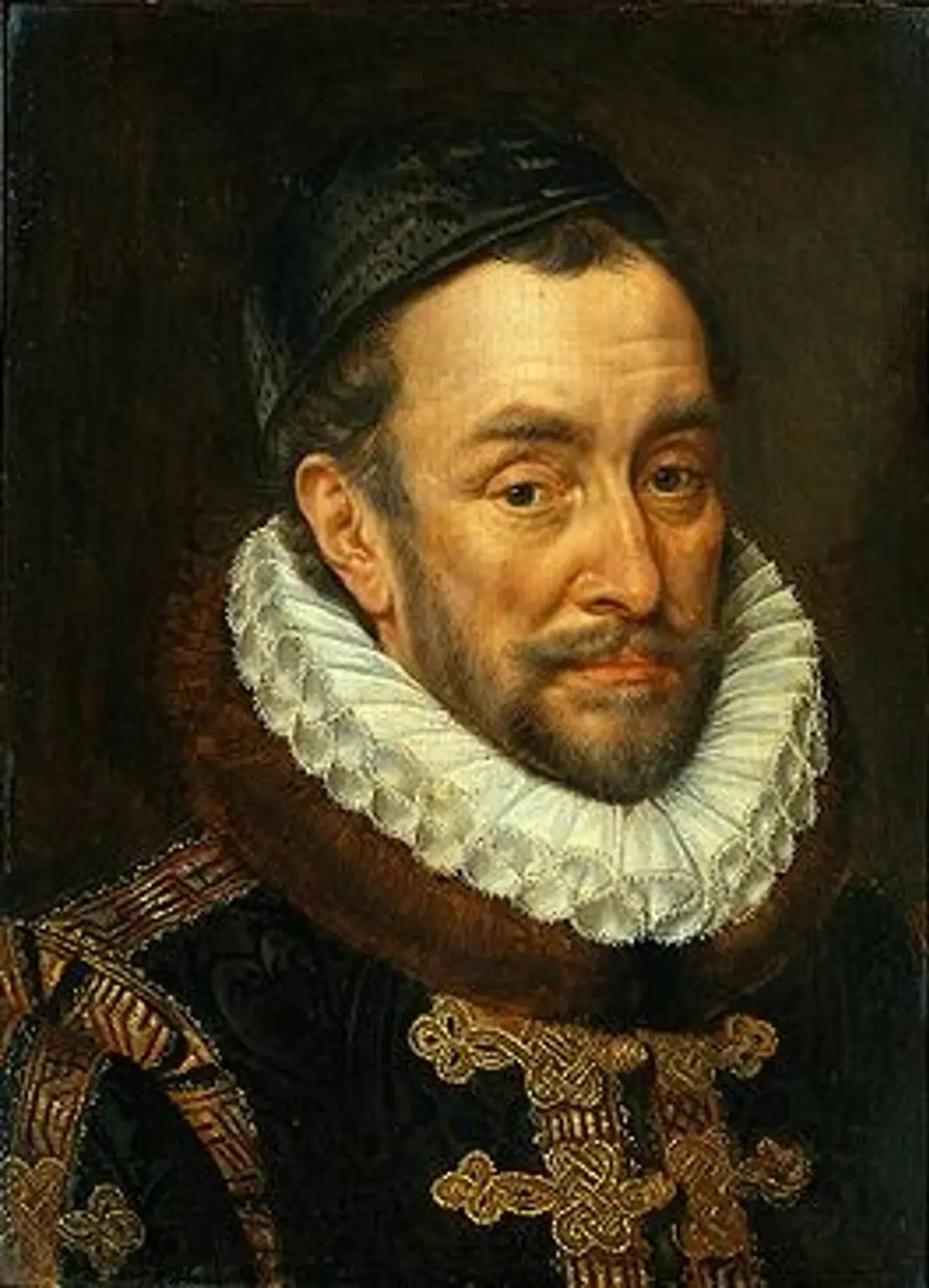
William of Orange
William of Orange; the 'Father of the Fatherland'. That his name was associated with Delft and the Nieuwe Kerk is purely coincidental. After his sudden death in the Prinsenhof in Delft, the family tomb in Breda was inaccessible.
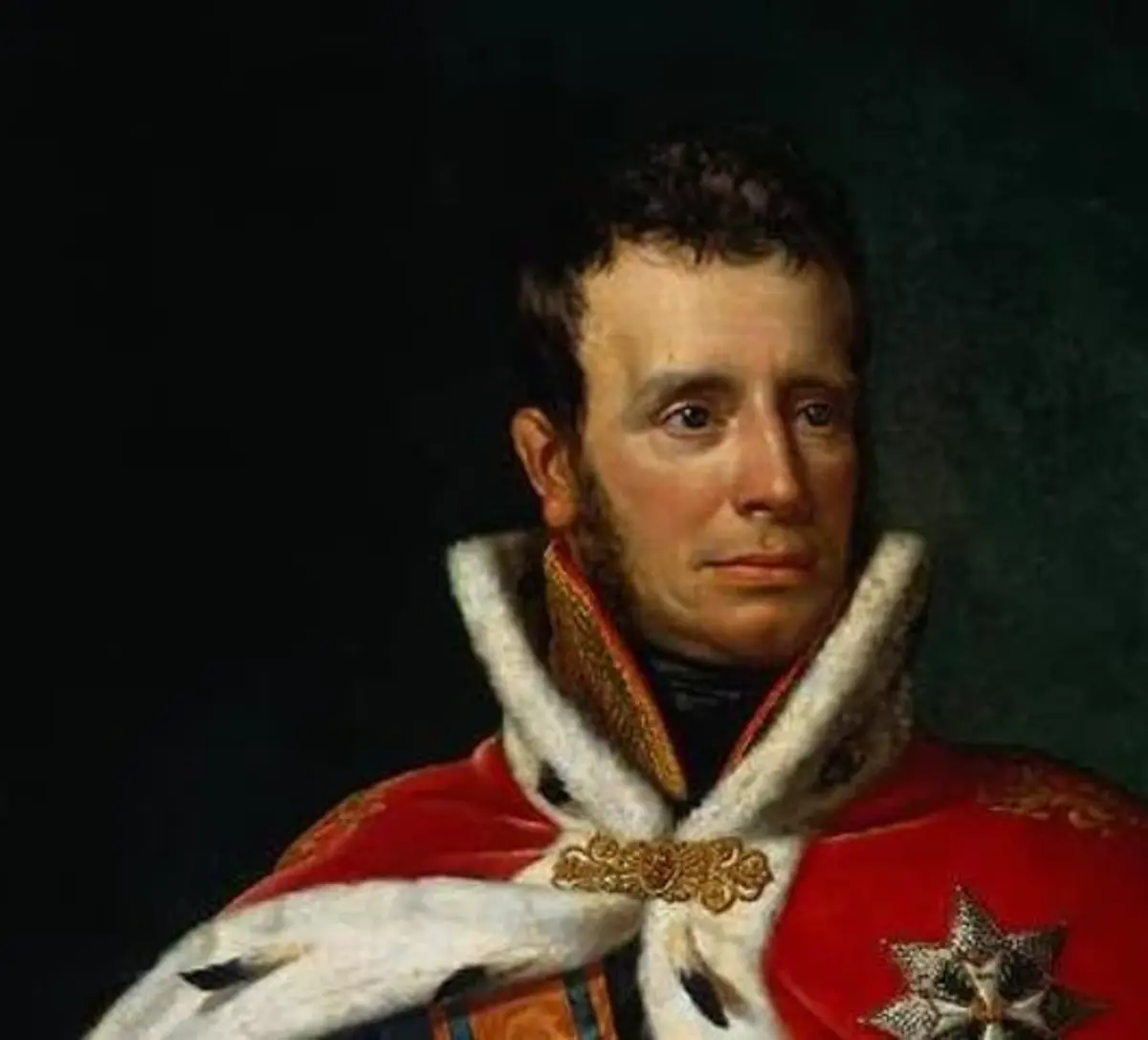
King William I
It was around the year 1800 in the Low Countries. The era of stadholders was over, and Napoleon Bonaparte was advancing from the south. Then William I Frederick became the first king of the Netherlands and secured the dynasty of the Oranges.
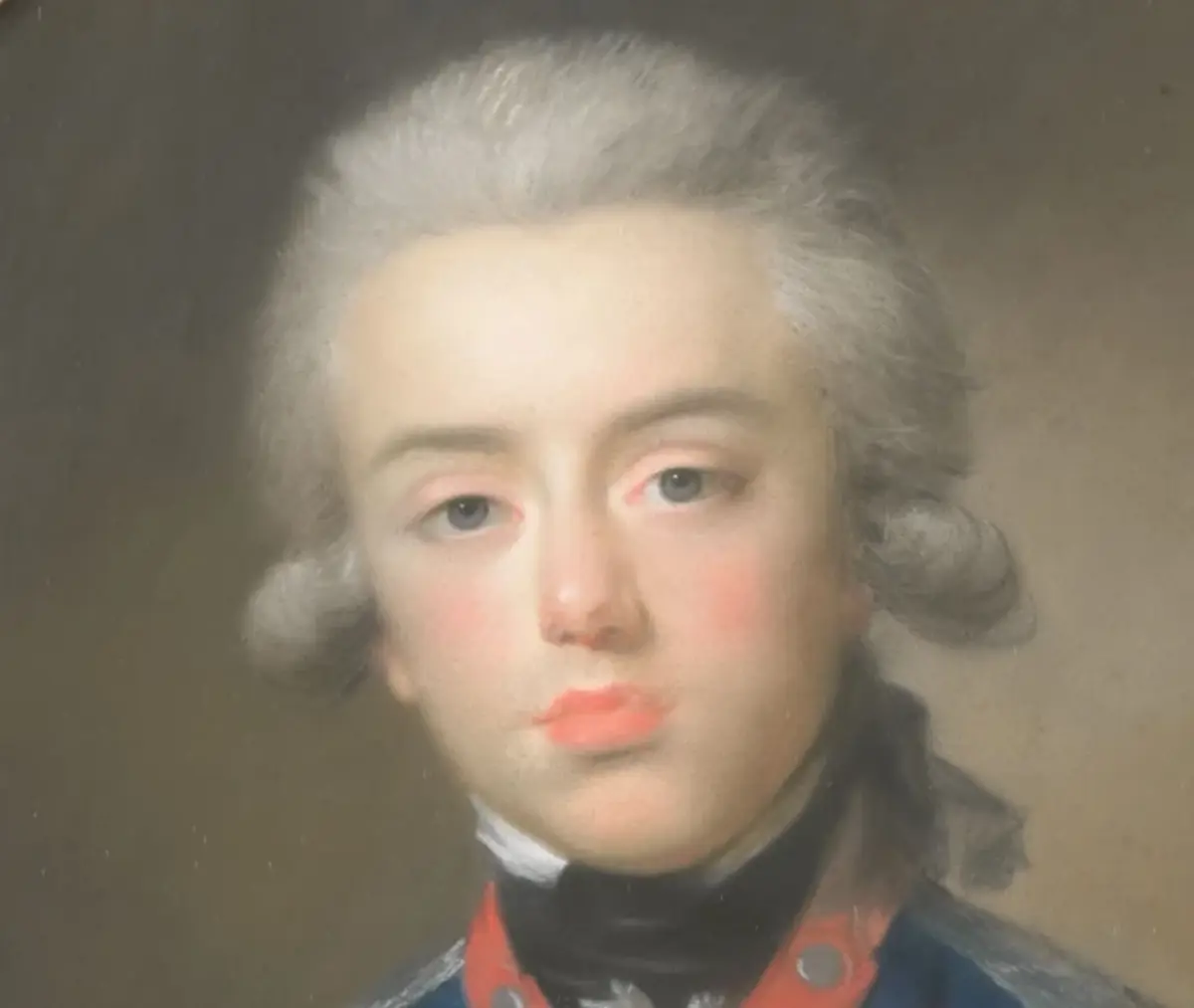
Willem George Frederik
William George Frederick of Orange-Nassau was the youngest son of the last stadholder William V and the brother of the first King of the Netherlands; William I Frederick. He was an inspiring army commander who, despite a nasty shoulder wound, fought courageously against the French.
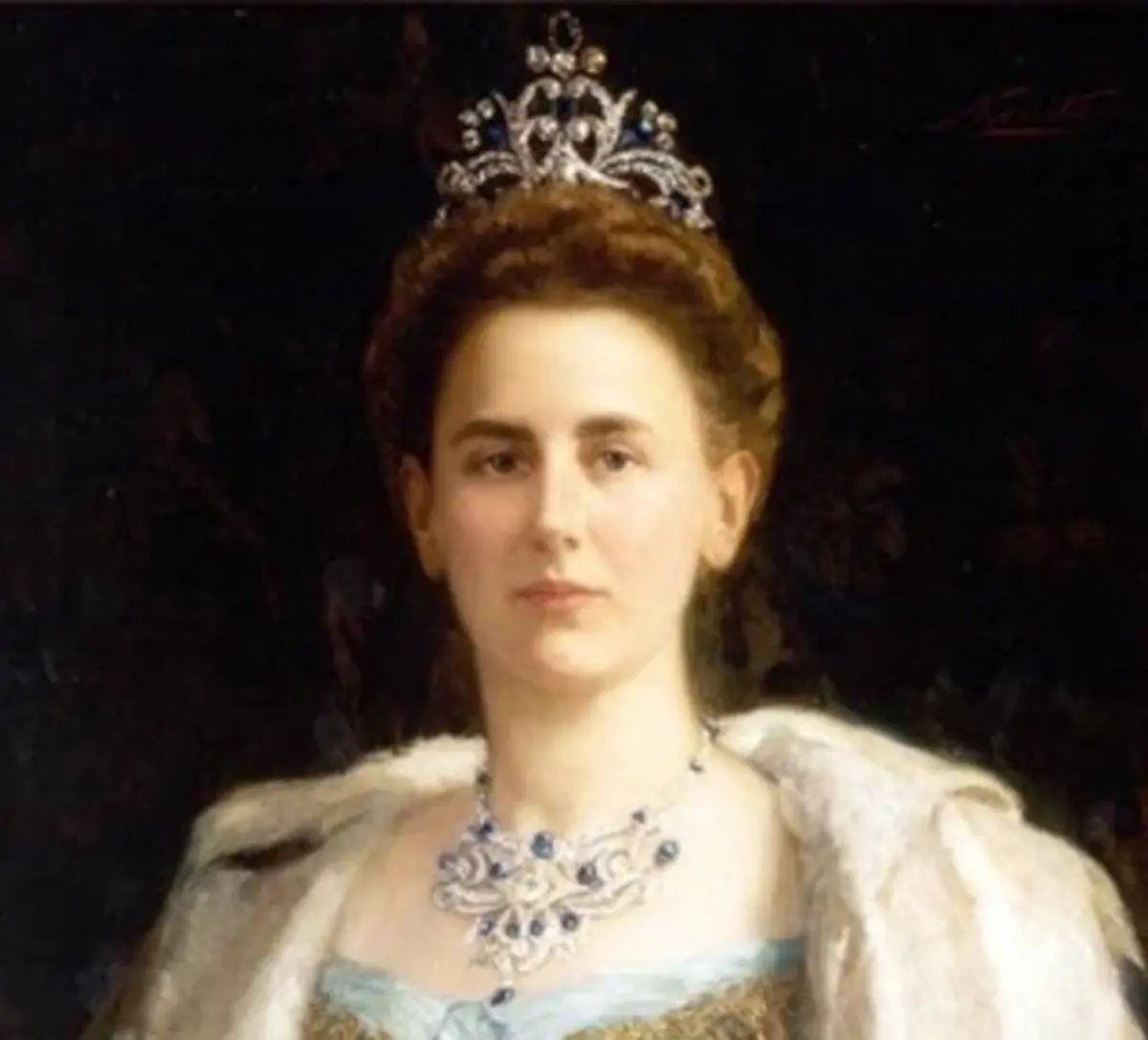
Koningin Wilhelmina
Wilhelmina was queen for almost fifty-eight years; the longest reign since the creation of the Dutch constitutional monarchy in 1815. During that time, she led the country through two world wars as well as reconstruction.
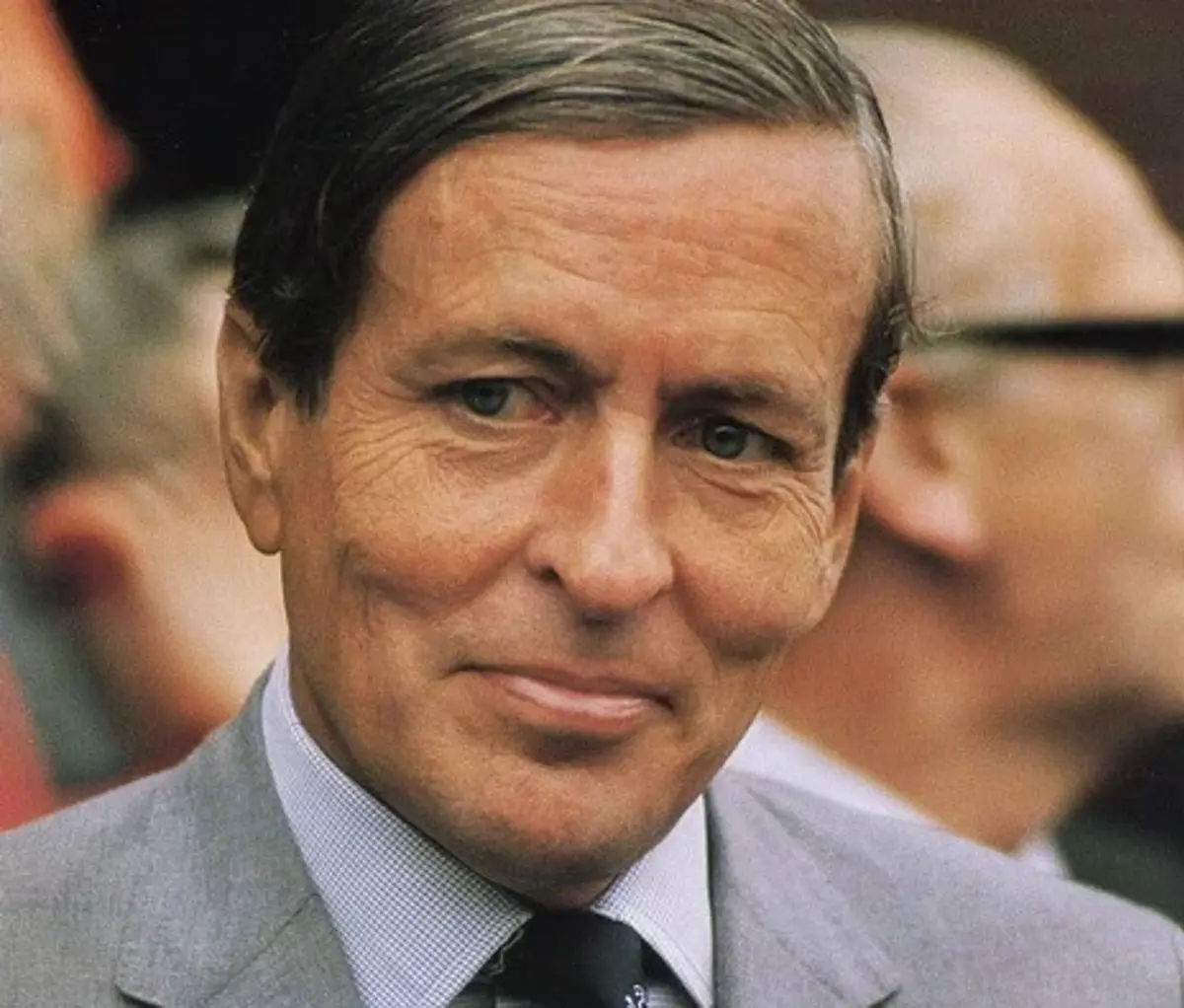
Prince Claus
Klaus-Georg Wilhelm Otto Friedrich Gerd von Amsberg - or Prince Claus for short - married Beatrix of the Netherlands in 1966, Queen of the Netherlands from 1980 - 2013. Not everyone was happy with this prince of German origin. Later, however, his popularity only increased.

1909 – ✝ 2004
Queen Juliana was one of three members of the Royal Family who died in fairly quick succession and were buried in the Nieuwe Kerk. She was preceded in death by her son-in-law, Prince Claus. Husband Prince Bernhard followed Juliana the same year.
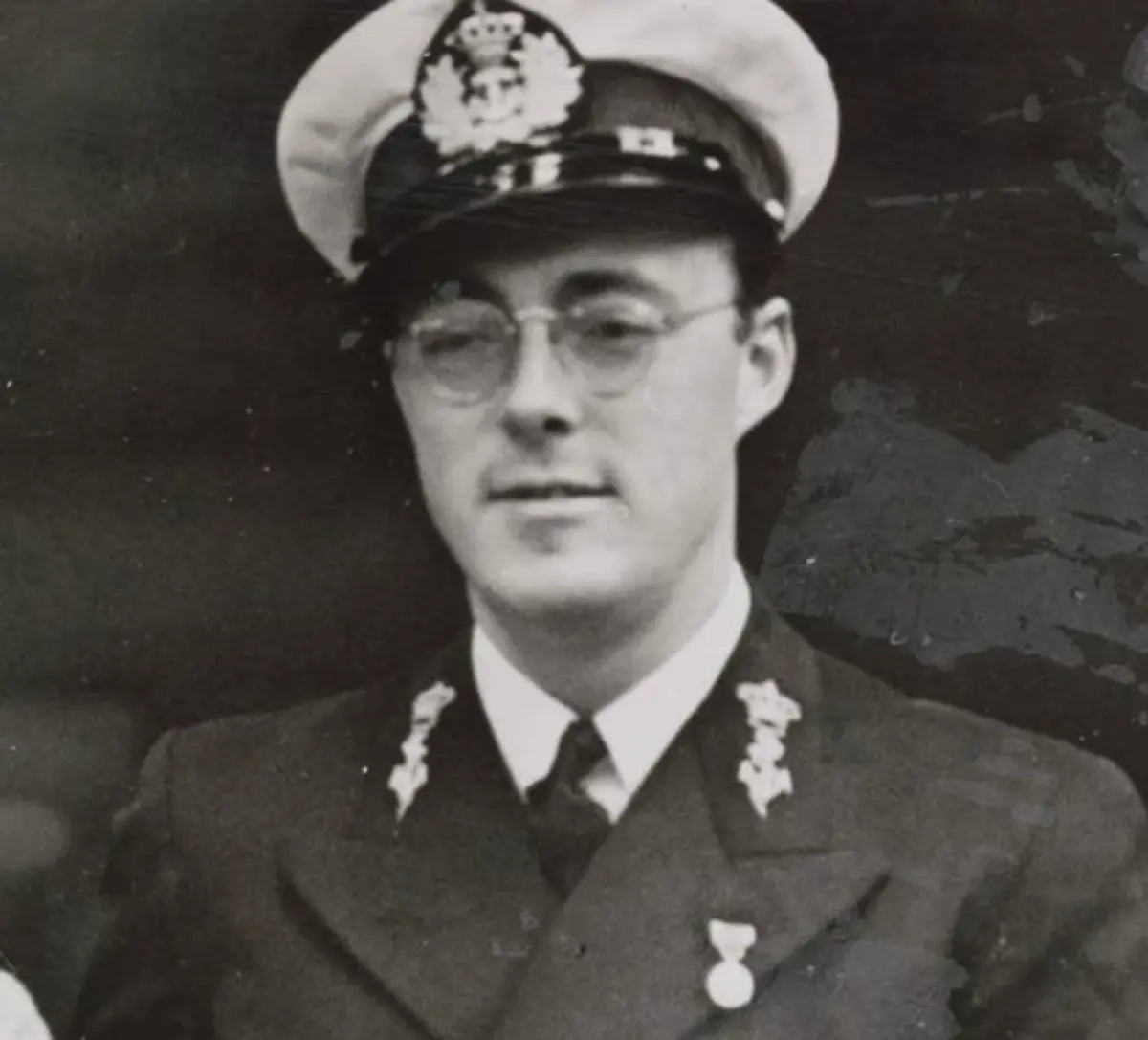
1911 – ✝ 2004
Prince Bernhard was the prince consort of Queen Juliana and the father of Princess Beatrix. He was born in the German grand duchy of Saxony-Weimar-Eisenach.
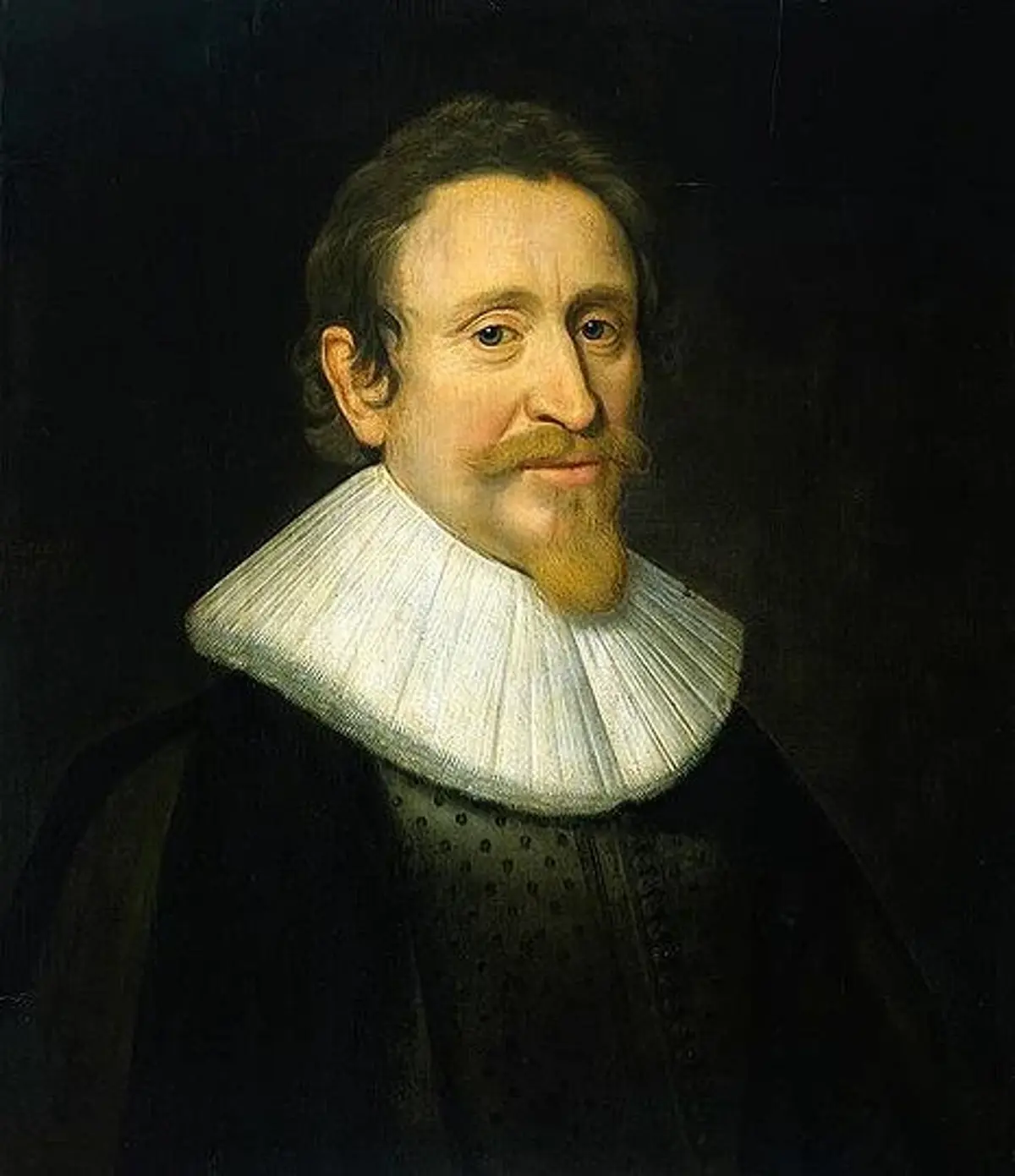
1583 – ✝ 1645
Hugo de Groot is considered one of the greatest jurists ever. With famous works such as De jure belli ac pacis and Mare Liberum, he laid the foundations for today's Western legal system. However, his influence was not appreciated by all.
